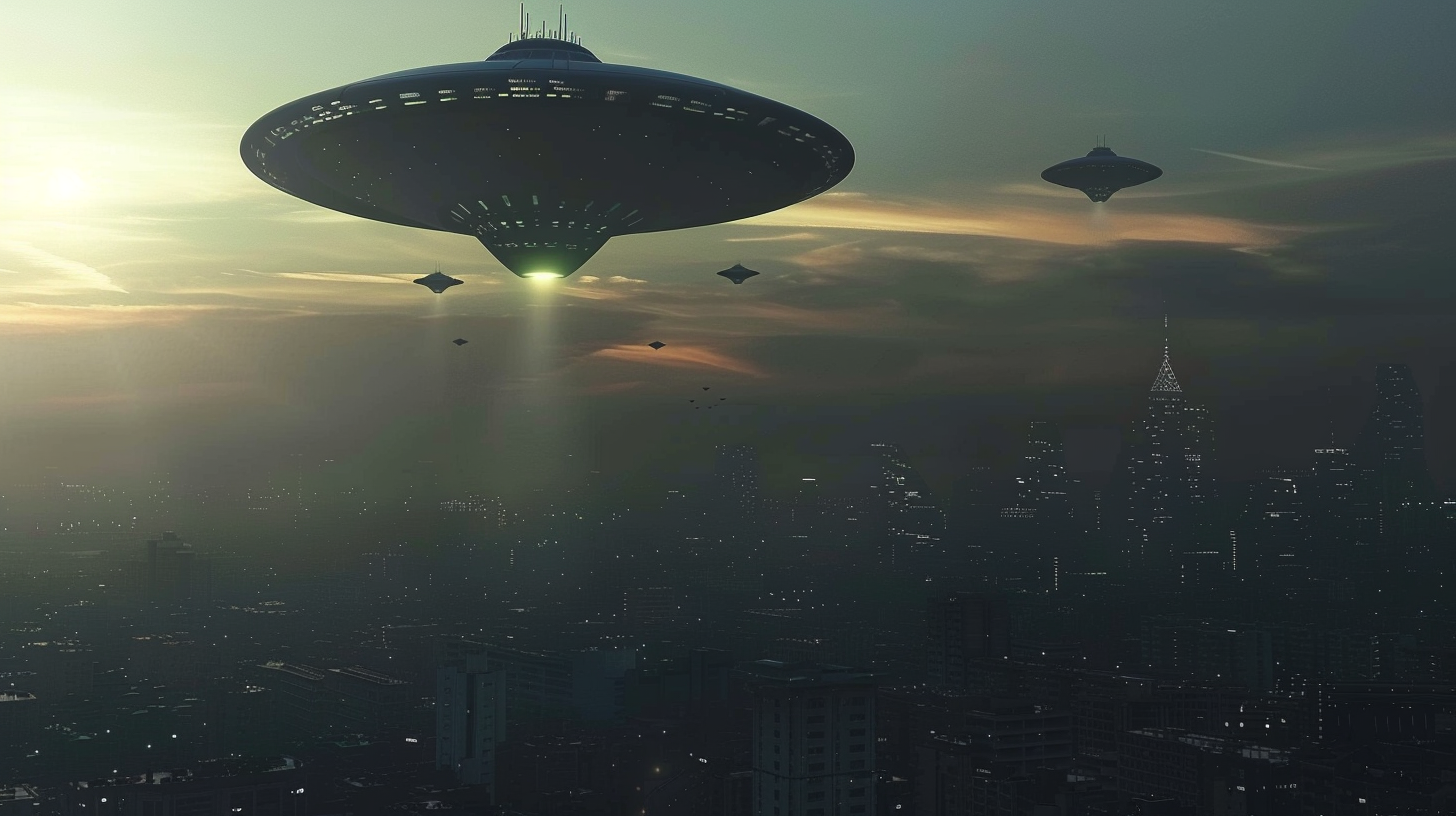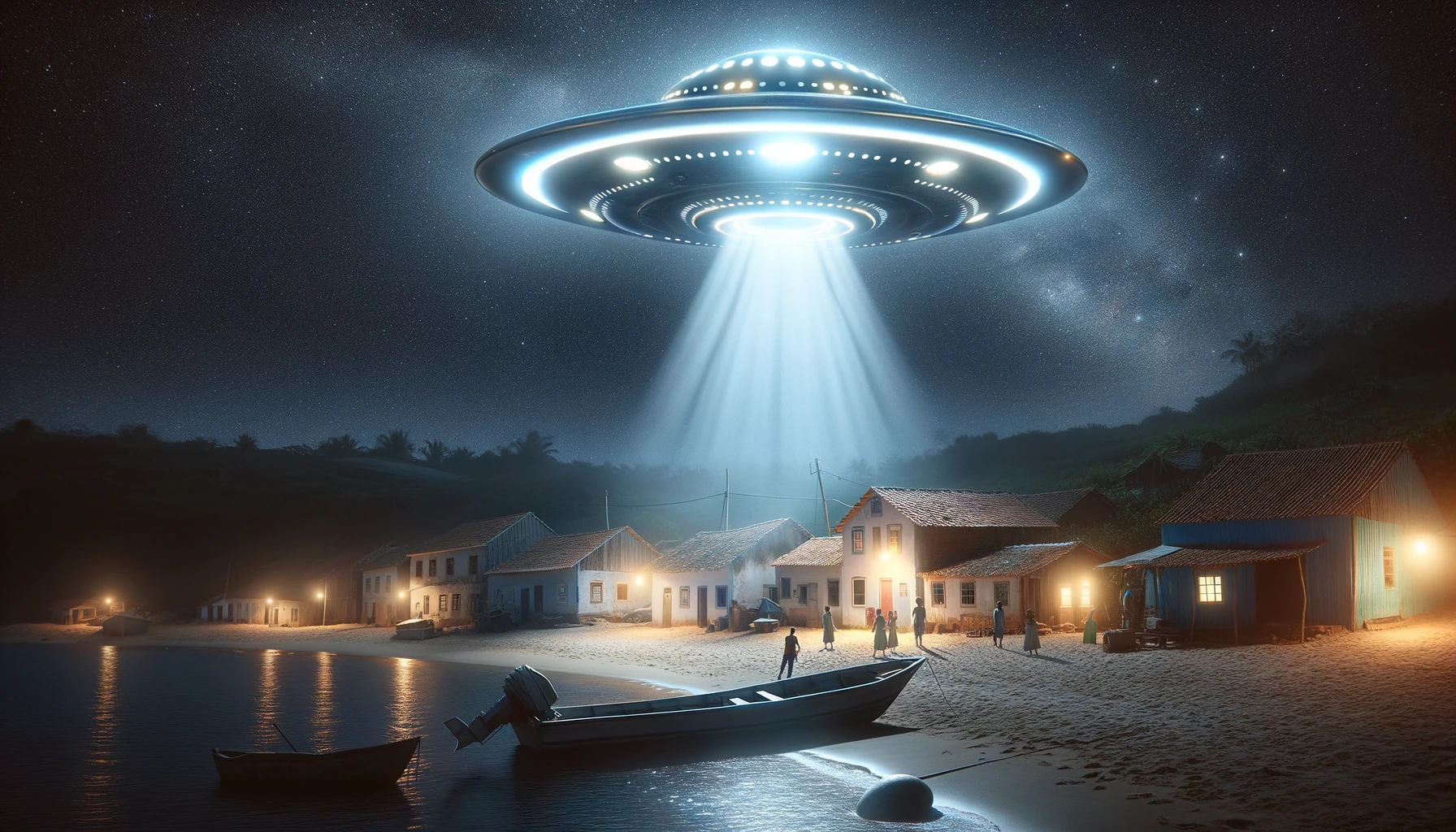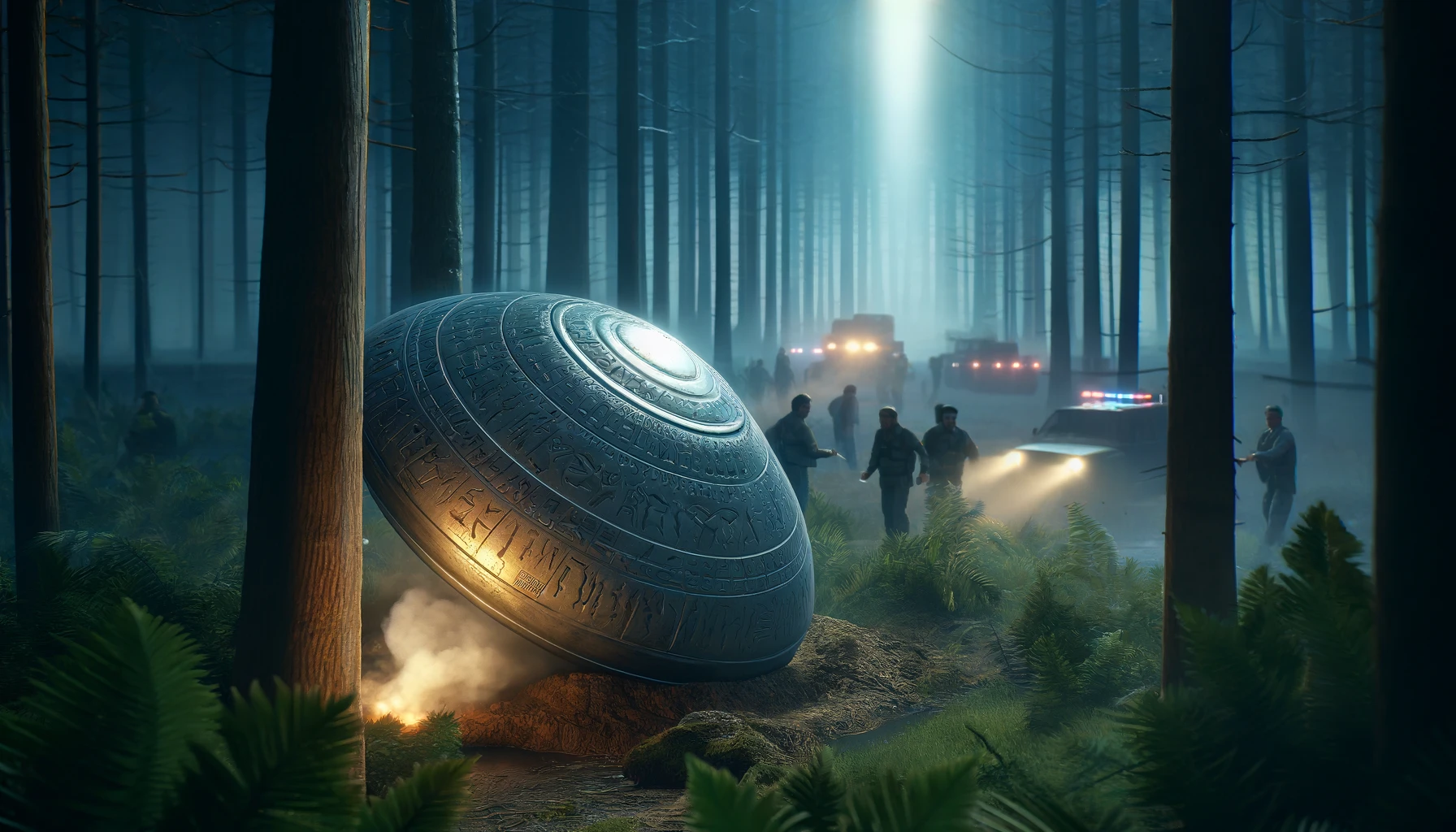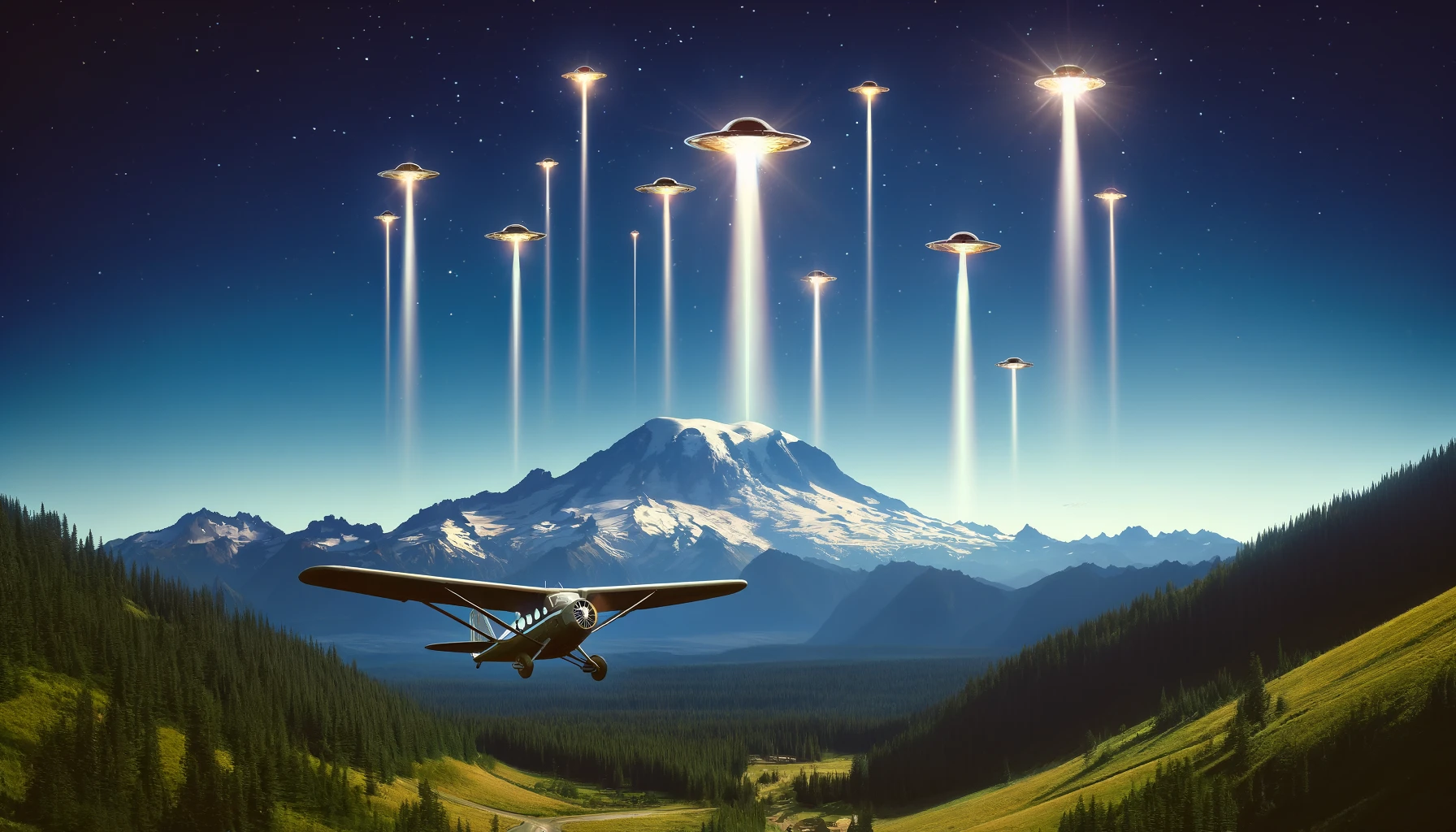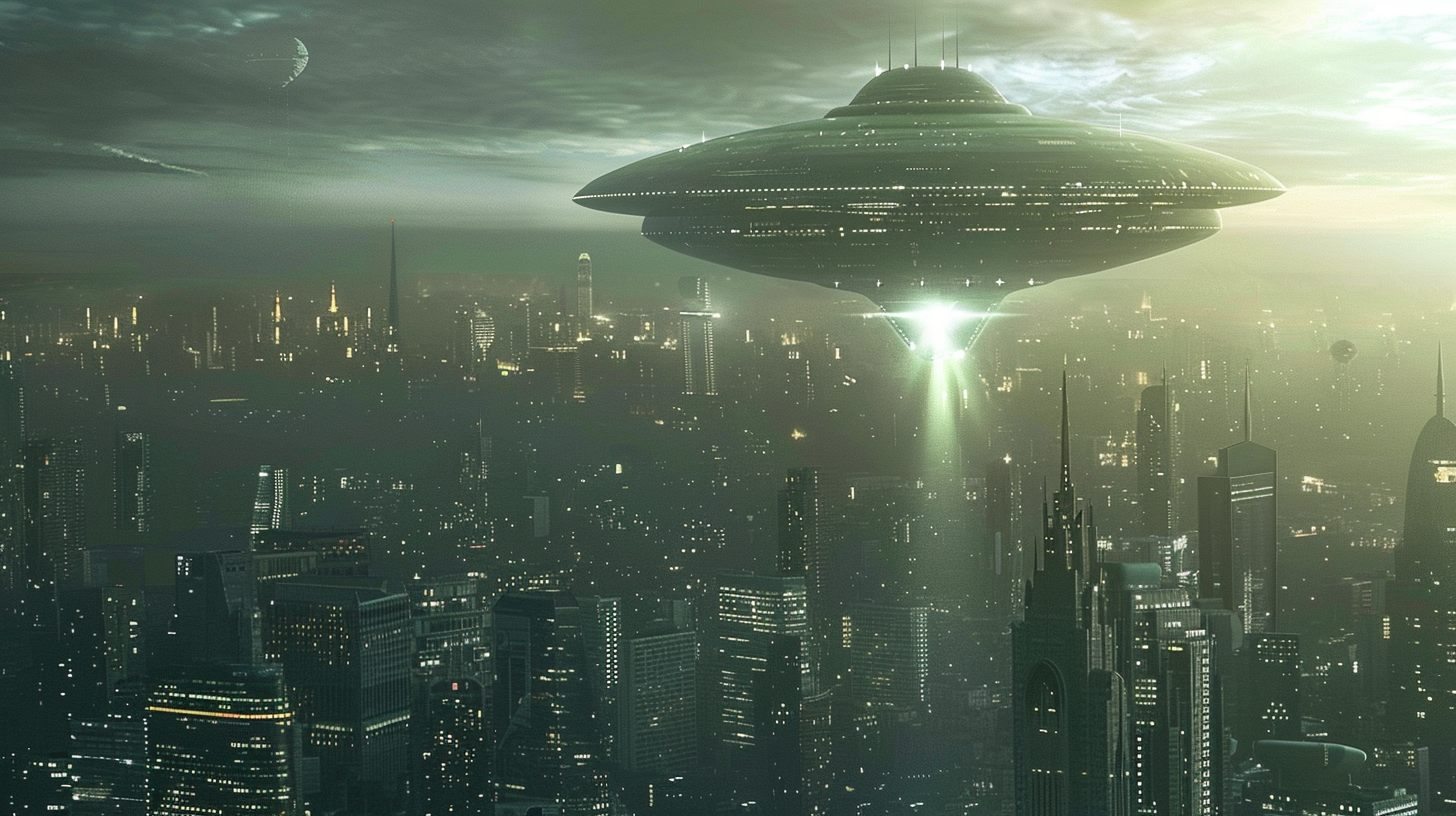The Tehran UFO Incident
The Tehran UFO event stands as one of the most compelling and well-documented UFO encounters in history. Occurring in the early hours of September 19, 1976, over the skies of Tehran, Iran, this incident involved multiple eyewitness reports from highly credible sources, unusual radar returns, and an official military investigation.
The event is notable for the detailed records of electromagnetic effects on military aircraft, which attempted an interception, making it a case study in UFO phenomena.
Sighting Details
| Date | September 19, 1976 |
|---|---|
| Location | Tehran, Iran |
| Time | Approximately 12:30 AM |
| Witnesses | Iranian Air Force pilots and radar operators |
| Aircraft Involved | F-4 Phantom II jet fighters |
In the early hours, Tehran’s air defense radar picked up an unusual signal that seemed to behave unlike any known aircraft. Two F-4 Phantom II jet fighters were scrambled at different times to investigate. The pilots reported seeing a bright object in the sky, which significantly outperformed the capabilities of their aircraft in speed and maneuverability.
The first F-4 lost all instrumentation and communications as it approached the object and had to return to base, while the second F-4 experienced similar electronic disruptions when it attempted to launch a missile at the object.
Evidence
The Tehran UFO incident of 1976 is supported by a variety of evidence, making it one of the most compelling and well-documented UFO encounters. The primary forms of evidence include:
Radar and Visual Confirmations
The incident involved both radar and visual sightings of the unidentified flying object. The UFO was initially detected by radar and visually confirmed by at least four civilians before the military became involved.
Instrumentation and Communication Failures
Two F-4 Phantom II jet interceptors experienced significant electronic disturbances. As they approached the UFO, both aircraft reported losing instrumentation and communications, which were restored once they withdrew from the object. One of the aircraft also experienced a temporary weapons system failure while attempting to engage the UFO.
Witness Testimonies
The pilots involved, Lieutenant Parviz Jafari and Captain Mohammad Reza Azizkhani, provided detailed accounts of their encounters. Their testimonies included descriptions of the UFO’s appearance and behavior, such as its brilliant lights and rapid movements. A third jet, piloted by Lieutenant Yaddi Nazeri, also witnessed the UFO’s erratic behavior and luminosity.
International Attention and Investigation
The incident attracted significant attention from international intelligence agencies, including the United States Defense Intelligence Agency (DIA), which investigated the event. The DIA concluded that the object was “an outstanding UFO case” and “a classic which meets all the criteria necessary for a valid study of the UFO phenomenon”.
Media Coverage
The incident was reported by major media outlets, including The New York Times, The Washington Post, and CBS News, further highlighting its significance and the credibility of the sightings.
Declassified Documents
Declassified documents, such as the report to the U.S. Joint Chiefs of Staff and a classified memo by American intelligence sources in Iran, provide official acknowledgment and description of the incident. These documents include assessments that regard the Tehran UFO incident as a significant and unexplained event.
Despite skepticism and alternative explanations proposed by some, such as equipment failures or misidentification of celestial objects, the combination of radar confirmation, eyewitness accounts from experienced pilots, and the electromagnetic effects on aircraft systems contribute to the Tehran UFO incident’s status as a compelling case for study in the field of unidentified aerial phenomena (UAP).
Current Status of the Sighting
The Tehran UFO event remains one of the most intriguing and unexplained incidents in the study of unidentified flying objects. Despite extensive investigations by the Iranian Air Force and interest from international UFO research communities, no definitive explanation has been provided.
The U.S. Defense Intelligence Agency (DIA) deemed the event as a “classic” UFO encounter and acknowledged the high reliability of the sources, which included trained military personnel. To this day, the Tehran UFO sighting is referenced in discussions on aerial phenomena and remains a significant case in the annals of UFO history for its well-documented nature and the credible witnesses involved.

